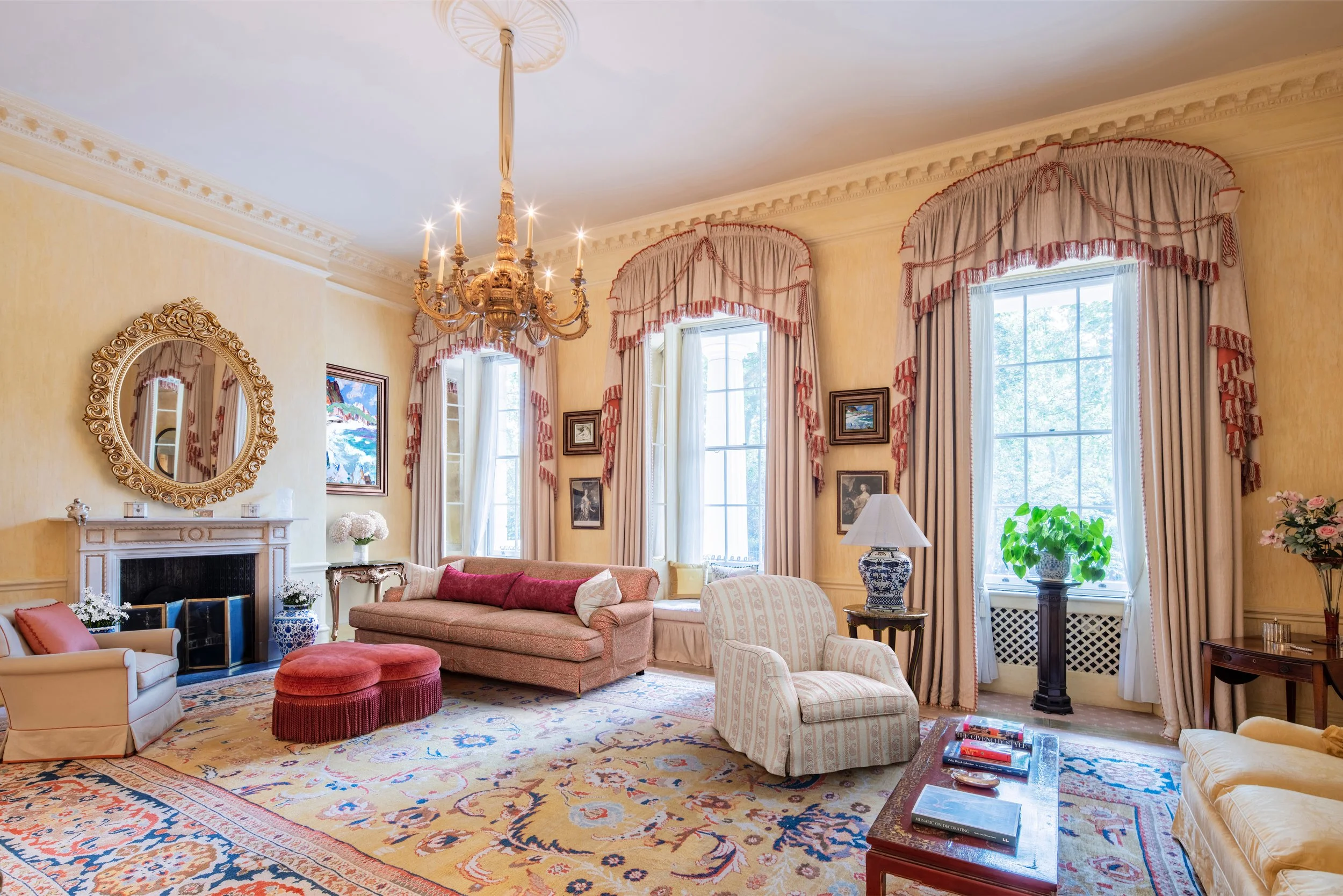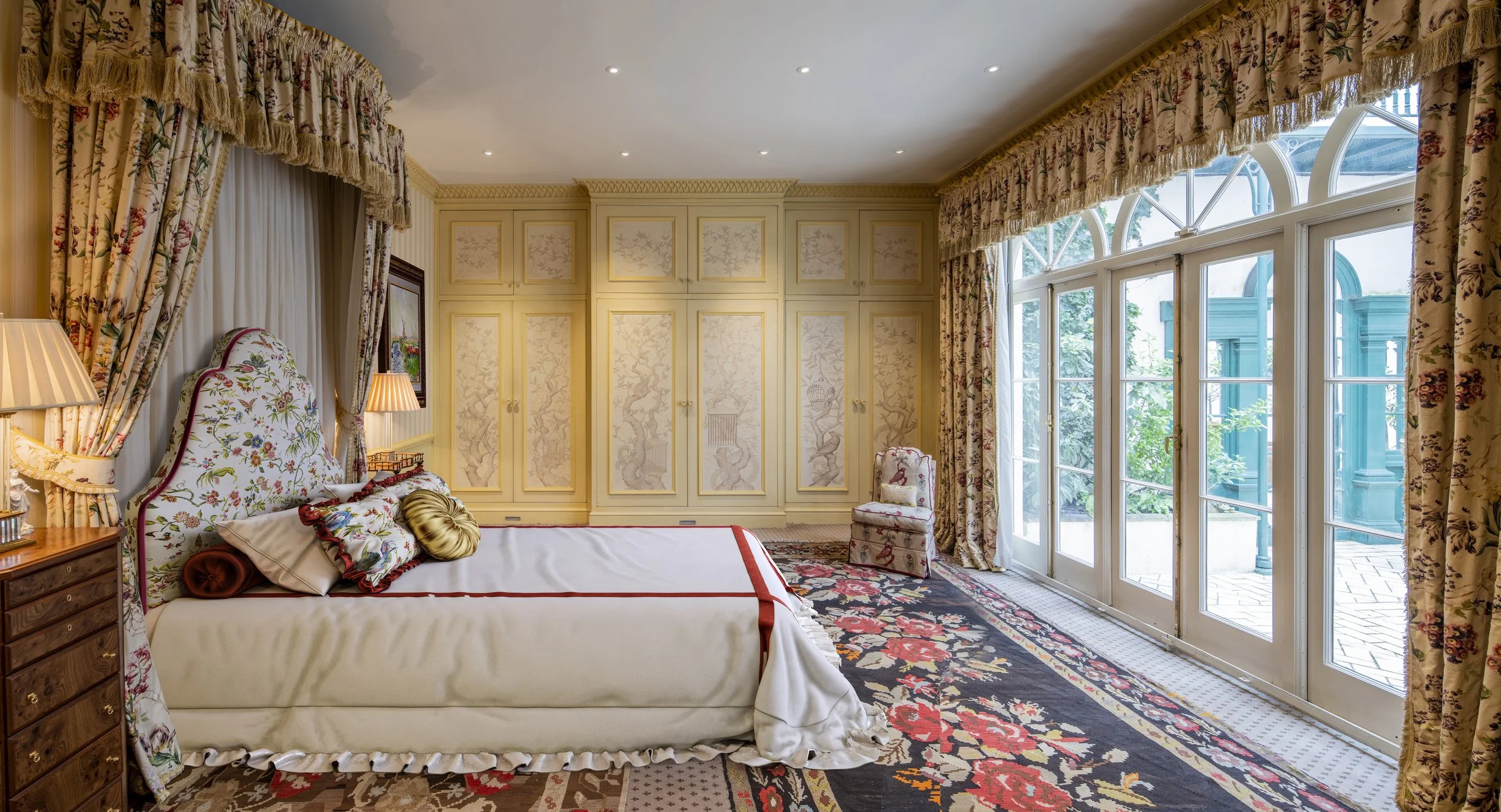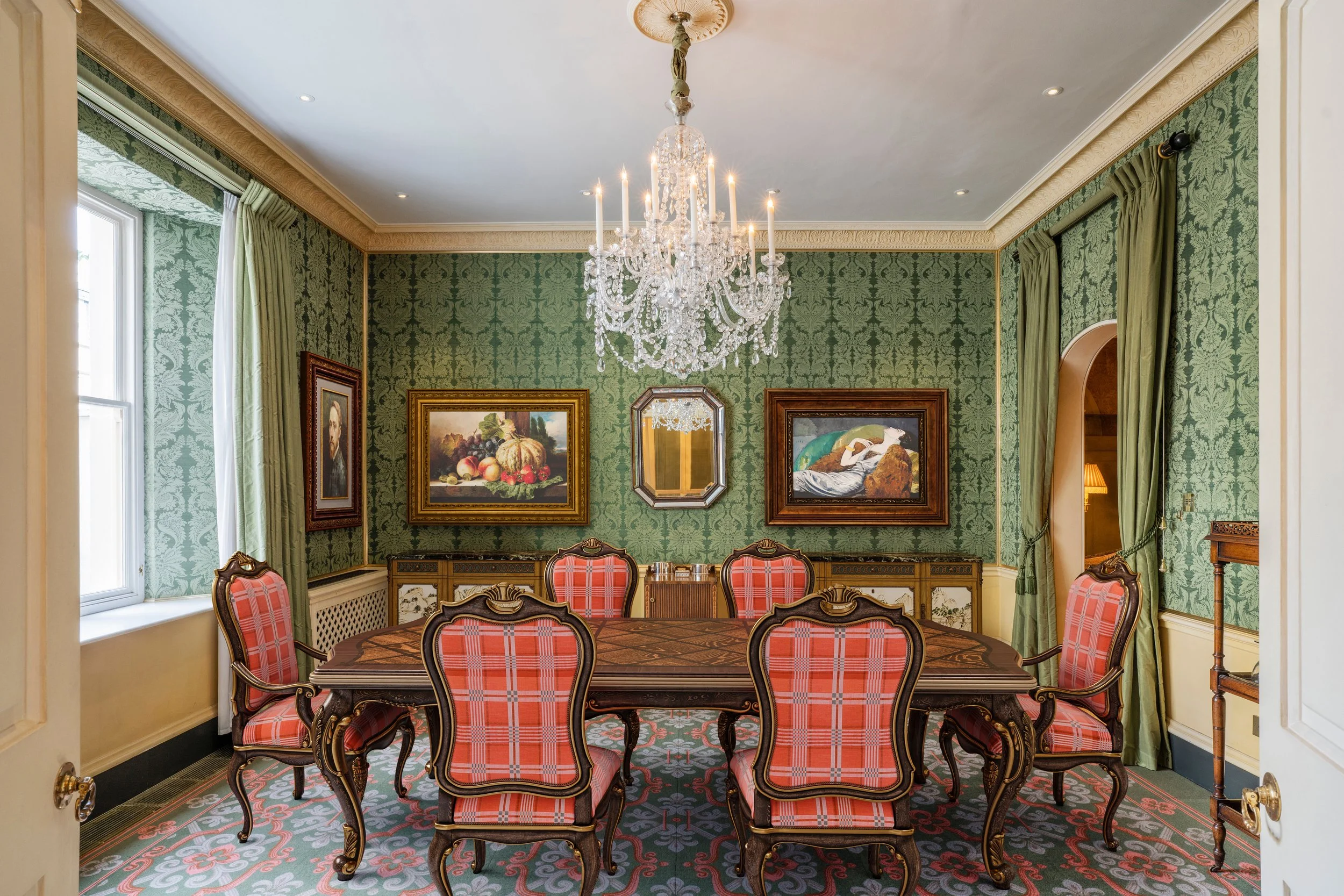Homes with History
Gary Hersham is the Director and Founder of Beauchamp Estates. In this article, he talks about 93 Eaton Square, a property with a rich and remarkable history.
What’s in a name when it comes to the value of real estate?
While the ‘fame’ factor may add a certain cache and unique provenance to a given property, it is rarely this alone that bolsters its value. The connection to a well-known individual or institution will certainly help garner media attention at sale time, and the bigger the name, the bigger the headlines.
Generally, homes occupied by famous individuals need to have more than the obligatory Blue Plaque outside if they are to deliver real, real estate value. A flat once lived in by Jimi Hendrix will attract interest, but the fact adds little more than promotional value. A house that was the childhood home of Sir Winston Churchill will, however, carry greater weight due to the fact that the property in question is a grand townhouse in Connaught Place, London, with a Blue Plaque in the name of his father, Sir Randolph Churchill.
When the name is almost legendary and relates to the man who is credited with having introduced production line assembly to the automotive industry and has provided such iconic quotes as, ‘Any customer can have a car painted any colour that he wants so long as it is black’ and a personal favourite, ‘You can’t build a reputation on what you are going to do’, then both the level of interest and the property are going to be exceptional. When the property was also home to not one, but two former Prime Ministers, then the potential interest is likely to be global and significant.
The Grade II* listed Blue Plaque Belgravia home of Mrs Henry Ford II, used by Prime Minister Margaret Thatcher, and originally the home of Prime Minister Stanley Baldwin at 93 Eaton Square, is the property in question.
The four-bedroom main residence on London’s Eaton Square, and an interconnecting two-bedroom mews house at 35 Eaton Mews North, provide 7,489 sq ft (695.8 sq m) of living space including grand reception rooms, elegant bedroom suites, a spacious patio garden, a garage and was brought to the market by Beauchamp Estates.
Located in the best central position on the favoured northern side of Eaton Square, the main residence and mews together not only provide spacious accommodation on a rarely seen level, but come complete with what can genuinely only be described as an outstanding history that includes the 1936 Royal Abdication Crisis, two Prime Ministers, Royalty, captains of industry and celebrities.
Eaton Square is London’s largest and most renowned garden square with number 93 part of a palatial white-stucco terrace of grand residences designed in classical style, originally built in 1827-1828 by Thomas Cubitt, under the auspices of the Marquess (later Duke) of Westminster.
In 1913, 93 Eaton Square became the London home of conservative politician Stanley Baldwin, who would go on to become Prime Minister, and his wife, the couple moving upon Baldwin’s retirement in 1937 to 69 Eaton Square.
It is in the grand main reception room of 93 Eaton Square and the adjoining dining room that Stanley Baldwin entertained his cousin and close friend, author Rudyard Kipling, and politicians including Winston Churchill, Neville Chamberlain and Lord Halifax. It is also where he entertained the Prince of Wales, later King Edward VIII, of which it is said the two took an instant and mutual dislike of each other, and the address at which the seeds of the famous 1936 Royal Abdication Crisis were sown.
In the early 1980s Henry Ford II purchased the property with his wife Kathleen DuRoss Ford so that they could have a London residence to complement their UK country house, Turville Grange, near Henley-on-Thames that Henry II had owned since the 1970s. Henry Ford II was the eldest grandson of Ford Motor Company founder Henry Ford and between 1945-1979 was the CEO of the world-renowned firm and remained the ultimate authority at Ford until his death in 1987.
Kathleen DuRoss Ford, a former model, accomplished photographer and keen aesthete, transformed 93 Eaton Square into one of the most elegant and gracious homes in Belgravia, commissioning architect Jeffrey Smith and renowned design house Colefax & Fowler to refurbish and decorate the interiors in an English country-house style.
After Henry II’s death, each year Kathleen would spend six months during the summer at Eaton Square and Turville Grange and the winter in Palm Beach, with Eaton Square staffed by a housekeeper, chef and driver. Kathleen loved music, fashion, films and backgammon and alongside family members guests included Lee Radziwill, sister of Jackie Kennedy Onassis, actress Lily Tomlin and fashion designer Karl Lagerfeld.
When Prime Minister Margaret Thatcher left office in 1990, Kathleen generously lent her 93 Eaton Square, which Thatcher and her husband Denis then used as their Belgravia home until they purchased a house in 1991 in nearby Chester Square. Kathleen and Margaret remained in touch, and on occasion Kathleen would entertain Thatcher to lunch in the dining room of 93 Eaton Square.
93 Eaton Square offers a glimpse into history and the elegant and refined private world of one of America’s most celebrated families. The location has a cache in its own right, and if extended, remodelled and refurbished, the property could yield a new owner a substantial return, in excess of its current asking price of £23 million. How then do you harness the property’s exceptional history to advantage?
In the course of our 40-year history, Beauchamp Estates has been instructed on an almost bewildering number of outstanding properties, many with exceptional and interesting histories, that are of interest not only to potential buyers but also the world at large. Researching, discovering and telling these stories has almost allowed ‘the walls to talk’, and it has been our privilege to share these stories, securing targeted media exposure in the process for our clients. From a home that once served as Napoleon’s battle HQ in Italy, to an estate owned by media mogul William Randolph Hearst in Beverly Hills, via the inspiration for the house in Dodie Smith’s 101 Dalmatians, every home has a history and occasionally a great story to tell; though infamy can equally secure headlines in our experience, this is quite a different matter and generally best avoided.
Beauchamp Estates Anthology: Homes with History, is a compendium of some of Beauchamp Estates’ most famous instructions, to be published later this year and will be available from Beauchamp Estates and Amazon.co.uk.





